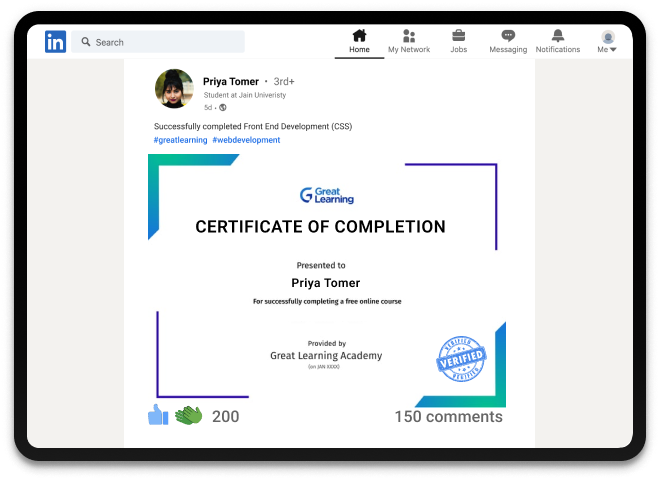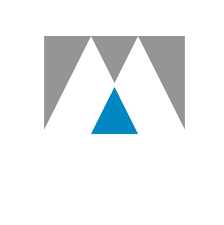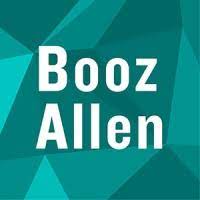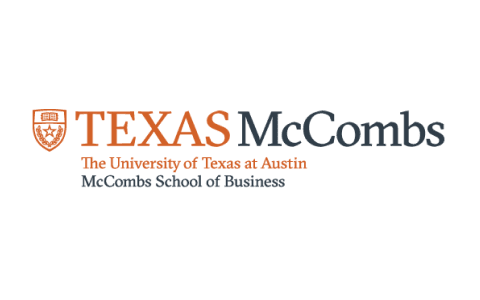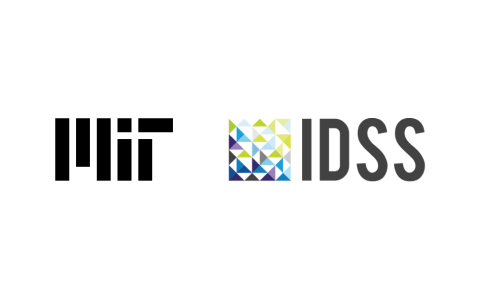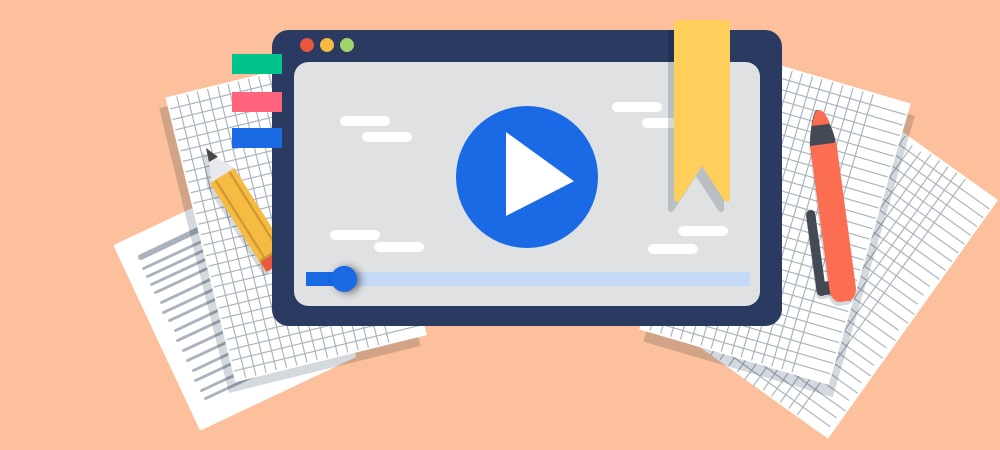Introduction to R
Free R Programming Course with Certificate
Learn the fundamentals of R programming language with Introduction to R course. Discover the power of statistical computing, data analysis, and visualization using R. Enroll today!
What you learn in Introduction to R ?
About this Free Certificate Course
Introduction to R
Introduction to R is a beginner-level course designed to teach the fundamentals of R programming language. R is a popular open-source programming language used for statistical computing, data analysis, and visualization. It provides a wide range of statistical and graphical techniques, making it one of the most widely used languages for data analysis and research.
R is used by a variety of industries, including finance, healthcare, marketing, and education. It is commonly used for statistical analysis, predictive modeling, and data visualization. R's popularity is due to its versatility and flexibility, making it suitable for a wide range of applications.
Benefits of taking this course
- In this course, you will learn the basics of R programming language, including variables, data types, data structures, control structures, functions, and packages. You will also learn how to use R for data analysis and visualization, including importing data, manipulating data, creating graphics, and performing statistical analysis.
- The course is suitable for anyone who wants to learn R programming, including beginners and those with some programming experience. The course is taught by experienced instructors who deeply understand R and its applications. They will provide you with hands-on exercises and real-world examples to help you apply what you have learned.
- By taking up this course, you can learn how to use R for a variety of tasks, including data cleaning and wrangling, exploratory data analysis, statistical modeling, and predictive analytics. You can also learn how to create visualizations such as scatter plots, histograms, box plots, and heat maps.
Some real-time examples of R usage are sentiment analysis of social media data, predicting customer churn for a telecom company, predicting stock prices, and building recommendation systems for e-commerce websites.
In conclusion, Introduction to R is valuable for anyone interested in learning R programming language. It provides a strong foundation in R programming, statistical computing, and data analysis, making it suitable for anyone interested in data analysis, research, or data science. With the skills you learn in this course, you can open up new career opportunities in data analysis and research. So, enroll in the Introduction to R course today and start your journey toward becoming a proficient R programmer.
Are you seeking more advanced data handling skills and getting valuable insights? The Great Learning’s Best Data Science Programs are for you. Enroll in the paid programs to gain career transitioning skills and course completion certificates.
Course Outline
Installation is the very first step of using the software. This module provides information to all the learners from where we have to install R and how to declare and initialize variables in R.
Just like any other programing language R also has a variety of Data Types like numeric Data Type, Character Data Type, etc. In this module, we have a detailed discussion of Data Types in R with examples.
In this module, you will understand the types of Operators in R. you will learn about assignment operators, arithmetic operators, relational operators, and logical operators with suitable code examples.
This module equips you with the vector details in R, and you will also have a hands-on session on creating vector with appropriate code examples.
In R, a list is a generic object that represents an ordered collection of things. You will go through a detailed explanation on lists with code examples.
Our course instructor

Mr. Bharani Akella
Data Scientist
With this course, you get
Free lifetime access
Learn anytime, anywhere
Completion Certificate
Stand out to your professional network
1.0 Hours
of self-paced video lectures
Frequently Asked Questions
What are the prerequisites required to learn this Introduction to R course?
There are no particular prerequisites for this beginner’s course, but knowing programming can help learners understand R more effectively. You can get started with R programming basics through this free course to get a better hold of its essential concepts.
How long does it take to complete this free Introduction to R course?
This free Introduction to R course contains 1 hour of video content, which helps you thoroughly understand R programming basics.
Will I have lifetime access to the free course?
Once you enroll in the free course of your choice, you can learn it at your pace and revisit it anytime to brush up on your knowledge.
What are my next learning options after this Introduction to R course?
Post the completion of this Introduction to R course, you can opt for R for Data Science free course Great Learning offers and also earn a free certificate on completion of the course.
Is it worth learning Introduction to R?
Yes, it is worth learning Introduction to R because it is a tool that can be used for data analysis and data visualization. R is a statistical programming language used for statistical computing and modeling.
Success stories
Can Great Learning Academy courses help your career? Our learners tell us how.And thousands more such success stories..
Related IT & Software Courses
Popular Upskilling Programs
Explore new and trending free online courses
Relevant Career Paths >
Other IT & Software tutorials for you
Introduction to R
Developed by Ross Ihaka and Robert Gentleman, the R programming language has a broad statistical and graphical techniques index. It incorporates AI algorithms, linear regression, time series, and statistical inference to give quote examples. C, C++, and Fortran are used for heavy computational purposes, although more vital program parts of R libraries are written in R.
Data Analysis in R is performed in a sequence of actions: Programming, Transforming, Discovering, Modeling, and Communicating the results.
- Programming: R is statistical programming that also produces clear and accessible code Transforming: R is comprised of an assortment of libraries planned explicitly for data science
- Discovering: Investigate the information, refine your theory, and examine them
- Modeling: A wide array of tools is available in R to capture the right model for your data
- Communicate: Integrate codes, graphs, and yields into a report with R Markdown or create flashy applications to share.
What is R utilized for?
- Statistical Inference
- Machine Learning Algorithm
- Data Analysis
R is the world's most popular programming language. It is the most preferred choice of data scientists and is supported by an expert and gifted network of professionals. R is educated in universities and conveyed in strategic business applications.
R fundamental - Syntax
R Programming is a broadly used programming language popular amongst data scientists and statisticians and is utilized in data analysis. The manner by which we characterize its code is very basic. The "Welcome World!" is the fundamental program for all the dialects, and now we will understand the language structure of R programming with the program that can display "Welcome world". Programmers can program code in the order prompt or utilize an R script document.
R data types
While coding in any programming language, you must utilize various variables to store data. Variables are the reserved memory areas to store information; wherever you create a variable, you allocate some memory space for it. This implies that when you create a variable, you reserve some space in memory for it.
Unlike other programming languages such as C, Python, and Java, the variables are not declared as any particular data type in R. The variables are allocated with R-Objects, and the R-object's data type turns into the variable's data type. There are numerous sorts of R-objects. The frequently utilized ones are −
- Vectors
- Lists
- Matrices
- Arrays
- Factors
- Data Frames
Matrices
- A matrix is a two-dimensional rectangular dataset. It is created utilizing a vector input to the matrix function.
Arrays
- While matrices are limited to two dimensions, arrays can be of quite a few dimensions. The array function takes a faint attribute that creates the required number of dimensions.
Dataframes
- Data frames are data objects in tabular form. Not at all like a matrix in a data frame, every section can contain different data methods. The first column can take numeric values, the subsequent column can be characters and the third column can be logical. It is a rundown of vectors of equivalent length.
R Variables
- A variable allocates a titled memory location that programs can control. In R, atomic vectors, a bunch of atomic vectors, or a combination of numerous R objects are the variables that can be stored. A legitimate variable name comprises letters, numbers, and the dot or underlined characters.
R – Pros
- R offers a clear perception of data with effective visualization, making the data productively planned and understood. Instances of its visualization packages are ggvis, ggplot2, rChart, and googleVis.
- R has a broad ecosystem of a dynamic network and desirable packages. The packages are accessible at Github, BioConductor, and CRAN.
- It was created, for analysts, by analysts. Thus, they can impart ideas and thoughts through R packages and code.
Conclusion
The free Introduction to R Programming course offered by Great Learning Academy is a great head start to your career in R programming for a career in Data Science and Statistical Analysis. With good hands-on experience in the field, you will fit in the best of the corporate world's opportunities. Enroll in the course and be proficient in R programming.
The introduction to R programming course has a comprehensive curriculum that includes how to install R, variables in R, data types, vectors, operators, lists, matrices, arrays, factors and data frames, inbuilt functions, flow control statements, and more.
The course is delivered in the form of video content of a 1-hour duration, along with a quiz and project for you to measure your learning. This self-learning course will provide you with the knowledge of R basics and enable beginner-level proficiency with the programming language.
You will gain a certificate after completion of the Introduction to R course from Great Learning. You can share this certificate on your LinkedIn profile, on resumes, CVs, and other professional and educational documents. This course is especially suitable for freshers, programmers, and developers who want to learn a new programming language, professionals seeking career enhancement by learning R, and those who want to refresh their understanding of the R programming language. If you are one of those in this group, then sign up for this course now and for free.





